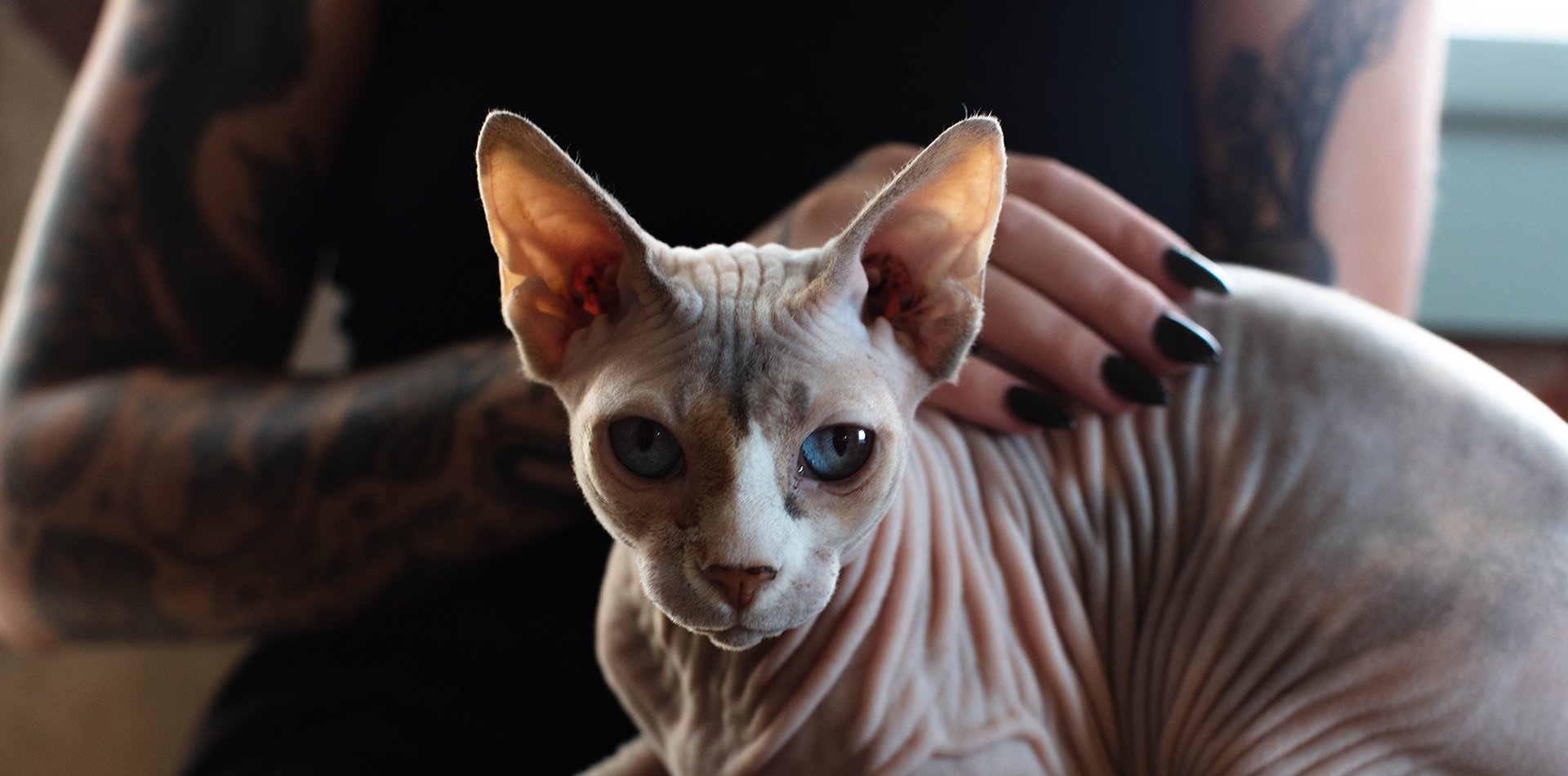Throughout history, different cultures have considered cats to be everything from gods to evil spirits. But when did the link between cats and humans begin? How has it changed over time?
People have always thought that cats were first domesticated in Ancient Egypt, yet recent studies show that actually it was even earlier than this. 100,000 years ago in Mesopotamia, (a historical region of Asia now known as Iraq) cats were used to get rid of small creatures that were eating grain crops and causing problems for human self-sufficiency.
There is no doubt, however, that it was in Egypt where society established a closer relationship with our feline friends. Here they were incredibly respected and even associated with Bastet, the Egyptian goddess of home and domesticity. Cats were an essential part of Ancient Egyptian culture because of their natural hunting abilities. They protected the livelihood of families by keeping rodents away from the cereal crop, the main source of food at that time. What’s more, cats were even mummified after they passed away.
The Greeks later became fascinated with the cats of Egypt, stealing six males and six females so they could breed their own. The first litter was sold by the Greeks to the Romans, Gauls and Celts, meaning that cats were now spreading across the Mediterranean. They were considered perfect animals for the home, because of their elegant and hygienic nature.
On another continent, in Ancient China, cats were used not only to catch mice, but as companions for women. Today, they are believed to attract good fortune and ward off evil spirits. It’s through China that cats arrived in Japan in the middle of the sixth century. After centuries of being a part of everyday life in Japan, it comes as no surprise that cats are so strongly represented in Japanese art and culture.
Cats also formed an important part of Hinduism. They are associated with Sati, the goddess of fertility, who is often depicted alongside a feline companion. And small statues of cats were often made as lamps to deter rodents.
A cat’s impressive ability to catch mice was also highly valued by the Vikings. Cats were present not only in their homes but also on Viking ships. Finally, if we look at ancient Celtic culture, cats were thought of as the guardians of the Otherworld. They were allies to the druids, the spiritual high-ranking class, and thought to share spiritual traits with the moon.
With the expansion of certain religions during the Middle Ages, Christianity in particular, cats were seen as representing bad omens. Because of this, cats stopped being worshipped and instead, were almost wiped out. This change of attitude led to significant problems with pest control.
Thankfully, this perception has changed over time. Today, cats are cherished companions and one of the world’s most beloved and highly valued pets.

